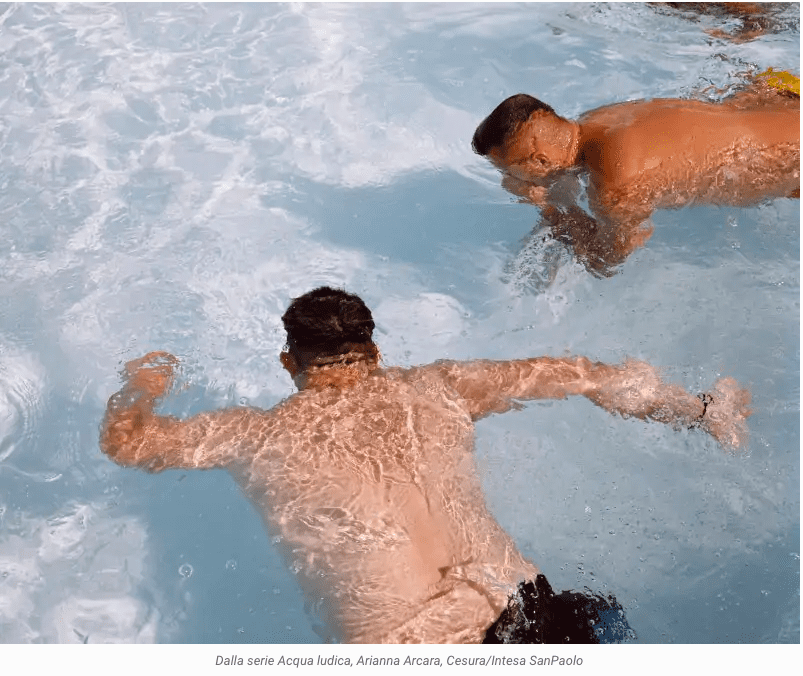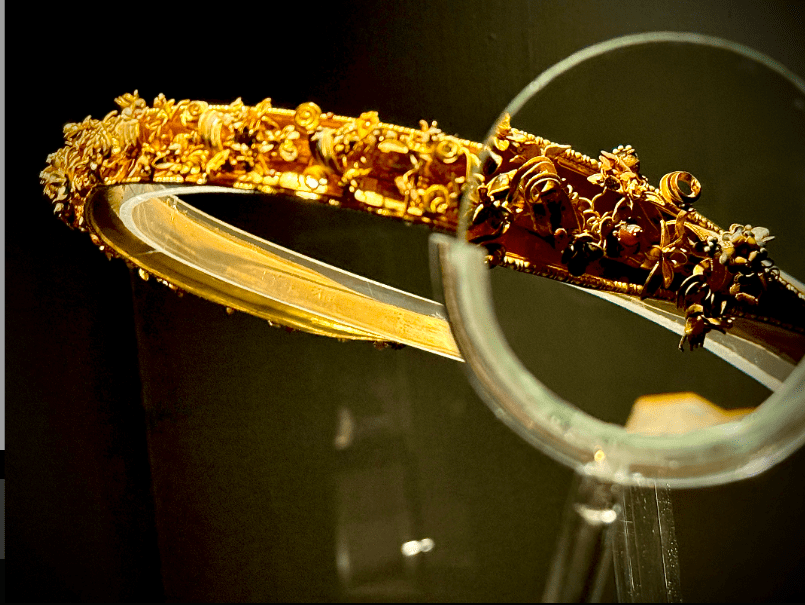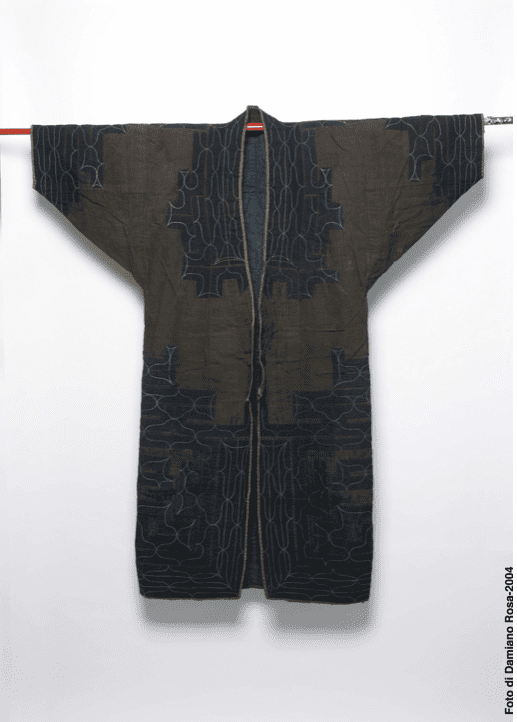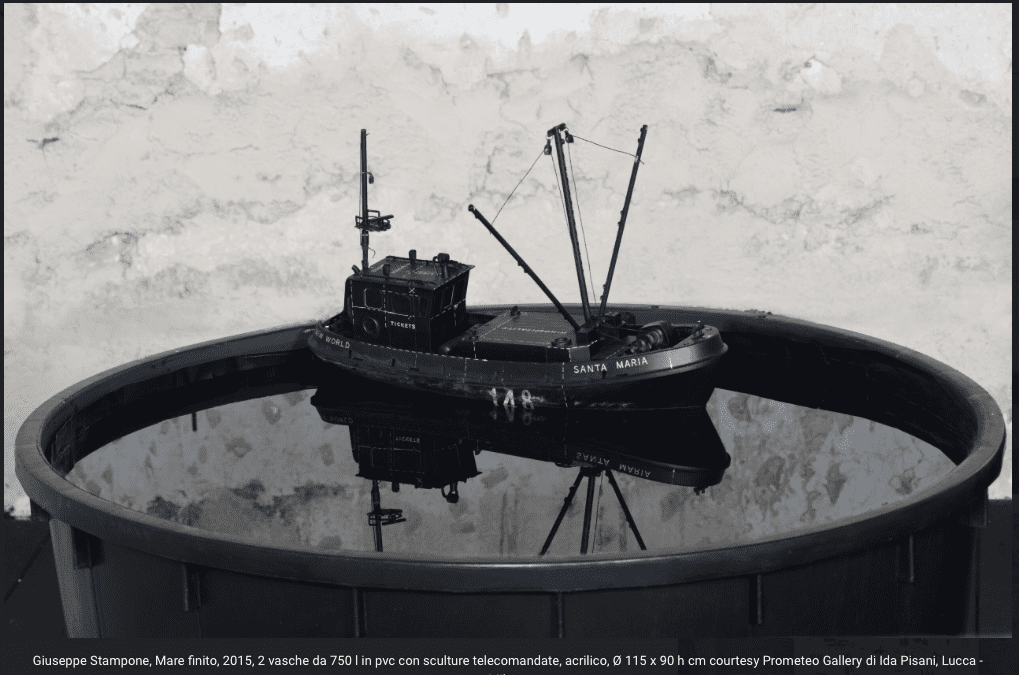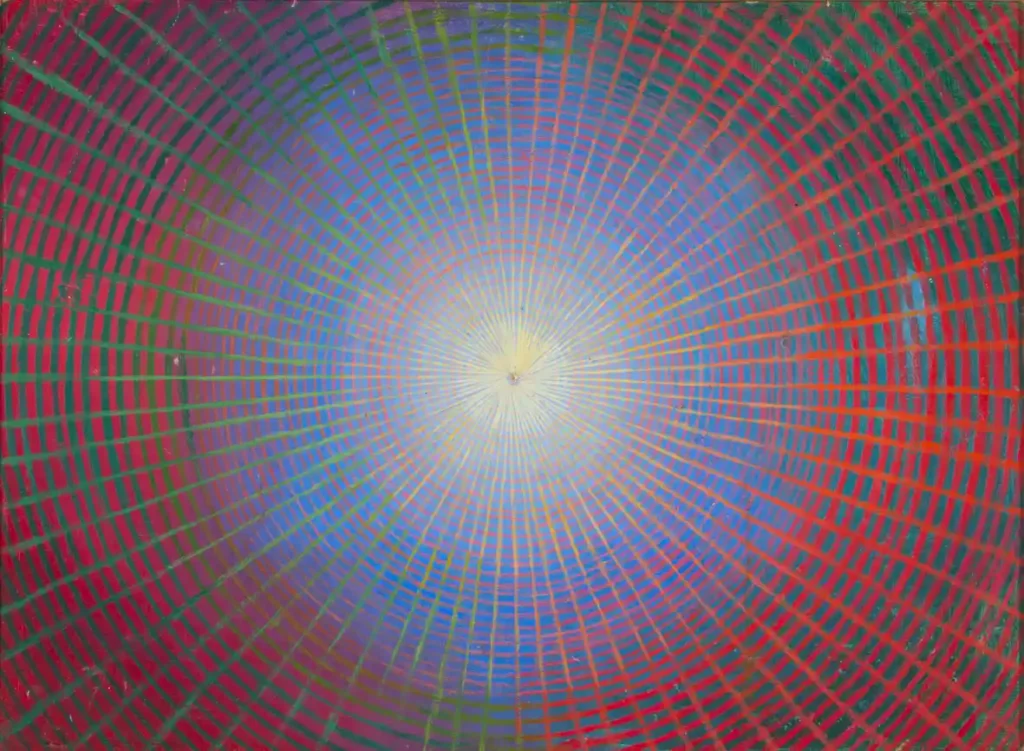
New Zealand’s inaugural national entry into the Venice Biennale is in the hands of a team led by one of the country’s most experienced and respected architects: David Mitchell, a recipient of the New Zealand Institute of Architects Gold Medal for career achievement, won the NZIA-organized competition to find a Creative Director for the New Zealand Exhibition in the 2014 Biennale (7 June – 23 November).
In responding to Rem Koolhaas’ theme, ‘Absorbing Modernity: 1914-2014’, participants in the 14th Venice Architecture Biennale were asked to consider what has been lost – “the erasure of national characteristics” – and what may still be found – “the survival of unique national features and mentalities”. Is difference possible in the age of globalisation?
According to John Walsh, communications director of the New Zealand Institute of Architects, “the theme is intended to provoke. But also making a stand against the conceptual vagueness of recent Venice Architectural Biennales in which themes have encouraged elastic interpretation rather than precise address. Koolhaas wants this year’s Biennale to deal with the relationship between modernity and national styles of architecture. Is modernity incompatible with national styles or the preservation of national architectural traditions? Is modernity synonymous with homogeneity? In a time of globalization, is the where of architecture increasingly irrelevant?”
“Among New Zealand architects, David Mitchell is ideally placed to reply to these questions. After all, in the course of a long career he has himself absorbed a fair amount of modernity. His career started not long after that moment in New Zealand architecture when modernity was self-consciously indigenized by the Group, and like many intelligent architects in outlier countries he has been acutely aware of both international developments and local practice realities, and the inevitable negotiation between these two poles. In short, the focus of this year’s Biennale seems to be entirely congruent with Mitchell’s career-long concerns.”
The design of the New Zealand exhibition, which Mitchell, after Rudyard Kipling, has titled ‘Last, Loneliest, Loveliest’, will be consistent with its content. The focus of the exhibition, which will occupy the ground floor of the centrally located Palazzo Pisani Santa Marina is a lightweight structure, the sides of which will be imprinted with images and drawings of New Zealand buildings.
The exhibition proposes that a great unsung Pacific architecture continues in New Zealand, both in the buildings of the Māori, who reached New Zealand 800 years ago, and also in buildings designed under the influence of modernity.
David Mitchell stated: “in New Zealand the architectural history of the past hundred years reveals both the influence of dominant international styles and of the architectural traditions of the Pacific. The Pacific gene in our architecture is what makes it different. It survived colonialism and it is increasingly distinctive. In contrast to European architecture, grounded in mass and solidity, Pacific architecture is a lightweight architecture of posts and beams and panels and big roofs.”
Drawing on David Mitchell’s 40 years of practice, and decades of research into Pacific architecture, ‘Last, Loneliest, Loveliest’ is an argument for a Pacific point of difference. In New Zealand, the architectural history of the past hundred years reveals the influence of international styles, the survival of Pacific building traditions and, in buildings such as the Auckland Art Gallery (2012), the emergence of a cross-over architecture – a particular mutation of modernity.
Special Event:
4 Jun, 6pm – 8pm | Commissioner cocktail party
5 Jun, 5.45pm | Opening
- Open:
Saturday, 07 June 2014 - Close:
Sunday, 23 November 2014 - Address:
Palazzo Pisani S. Marina Cannaregio, 6103/A, 30121 Venezia - Mail:
jwalsh@nzia.co.nz - Phone:
021 276 7447 - Web:
New Zealand Institute of Architects – Venice Biennale - Photo credits:
1. Auckland War Memorial Museum, designed by Grierson, Aimer & Draffin, 1929, photographer unknown, image courtesy of Auckland War Memorial Museum – Tāmaki Paenga Hira (reference: Draffin Album 458(2) n28); 2. The extension to Auckland Art Gallery Toi o Tāmaki, designed by Francis-Jones Morehen Thorp in association with Archimedia, 2012, photo by Patrick Reynolds © Patrick Reynolds; 3. The Transitional (‘Cardboard’) Cathedral, Shigeru Ban Architects, 2013, Christchurch, photo by Patrick Reynolds © Patrick Reynolds.

